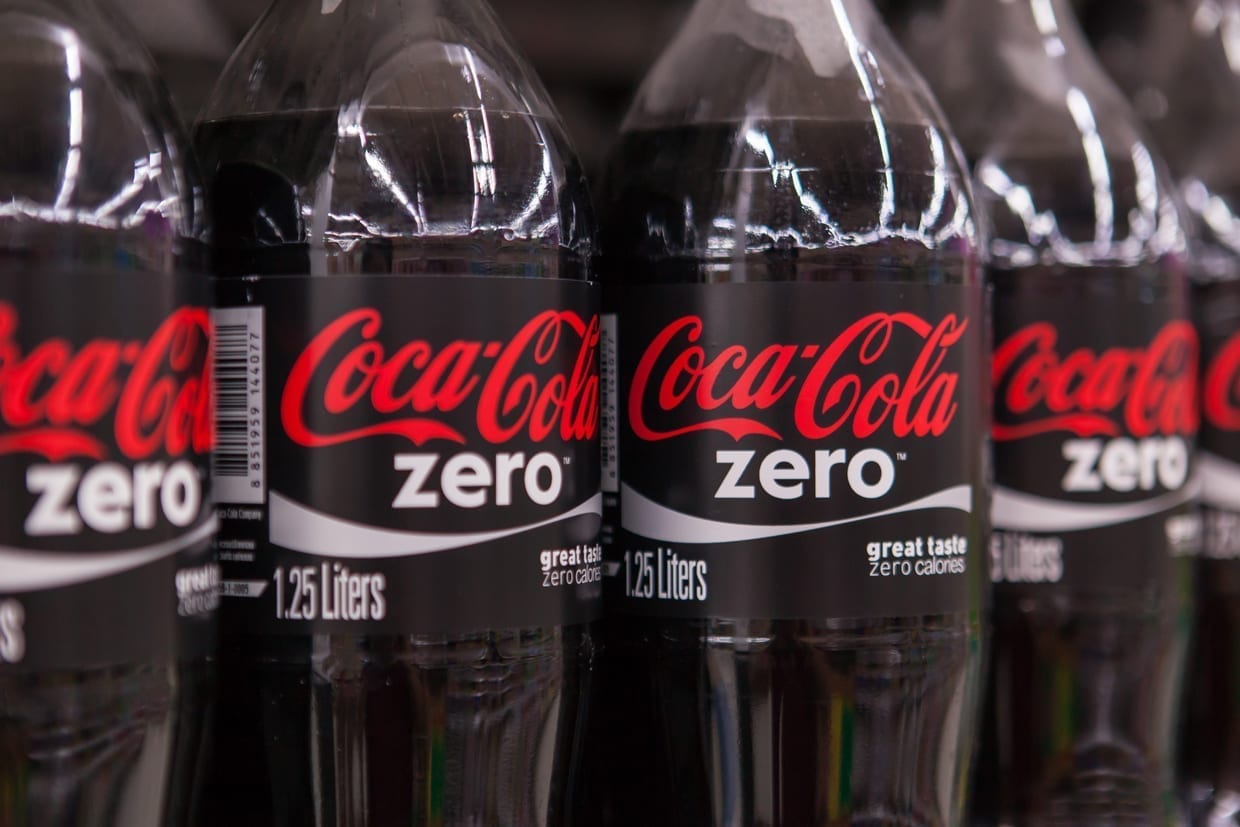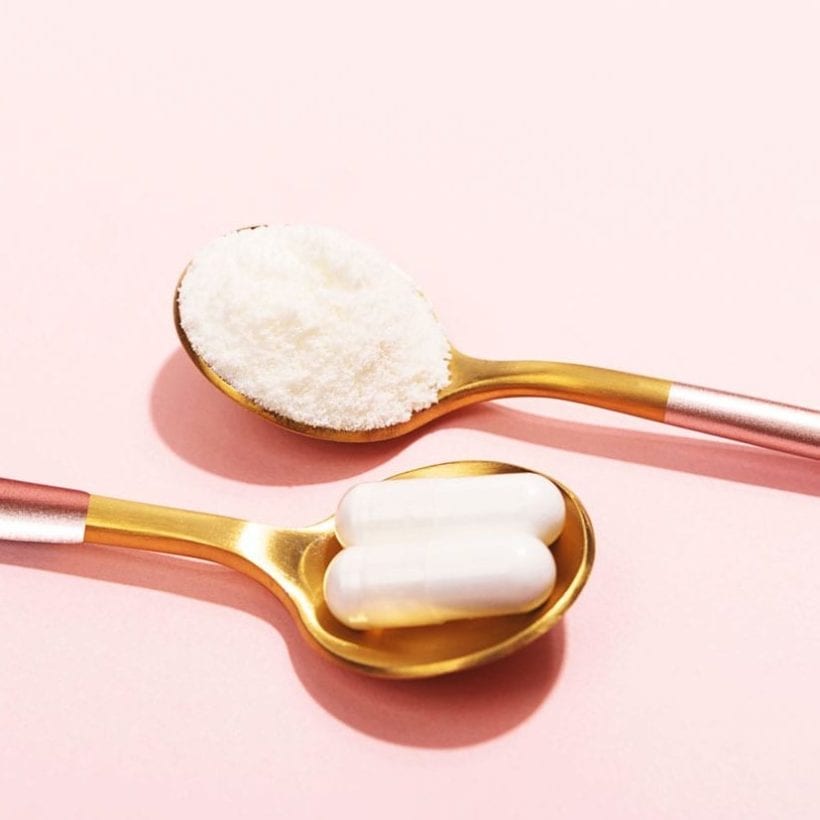Do you know the difference between natural sugars and added sugars? According to the FDA, you should: In 2016, the organization announced several changes to the nutrition labels that require adding the grams and Daily Value of added sugar content, which is set to take effect between 2020-2021.
It is possible the change was inspired by a study on the use of sweeteners in packaged foods, which found that up to 75 percent of foods like granola bars, cereals, yogurts, soups, breads, and even condiments contain added sugar. So even if you are consciously skipping dessert, you are still getting more sugar in your diet that is recommended daily.
This is worrisome; increased sugar intake has been linked to a myriad of health conditions ranging from obesity to cardiovascular diseases. Today, the average American consumes almost 152 pounds of sugar per year, which is about 3 pounds of sugar in one week. To put it in perspective, two hundred years ago, the average American ate only about 2 pounds of sugar per year.
The truth is our bodies do not need sugar to function properly, so added sugars only contribute zero nutrition and a slew of calories. But then again, sugar occurs naturally in fruits, vegetables and sugarcane, to name a few. So are alternative sweeteners, aka artificial sweeteners better than natural sugars when it comes to long-term health? The jury is still out.
How Much Sugar Should We Consume?
The American Heart Association recommends no more than 6 teaspoons or 25 grams of added sugar per day for women and 9 teaspoons or 36 grams for men — or less than 10 percent of your daily calories. “You can calculate how many calories you are consuming from sugars on a food label by multiplying the grams of sugar by four (4 calories per 1 gram of sugar),” says Yasi Ansari, RDN, a California-based registered dietician nutritionist.
The average American consumes almost 152 pounds of sugar per year.
Two hundred years ago, it was about 2 pounds per year.
So, would that improved FDA label help us limit our intake of calories from added sugar? A study conducted and published in the American Heart Association journal, “Circulation”, this April found that, yes, adding that sugar label could prevent and postpone nearly one million cases of cardiometabolic diseases, including heart disease, stroke and type 2 diabetes over 20 years — and save $31 billion in net healthcare costs.
What’s The Difference Between Natural And Added Sugars?
Natural sugars occur in nature, particularly in the form of fructose and lactose in fruits, veggies, milk and more. These types of sugars naturally found in food do not tend to lead to the same health problems that others added — although still natural — sugars do. Why? Because when you are consuming them, you are also consuming fibers, potassium, calcium and other health-promoting vitamins that stave off the effects of sugar.
On the other hand, added sugars are anything that is added to foods or beverages during preparation (like adding sugar to your coffee). And added sugars can still include natural sugars (light, brown, dark or white sugar, honey, syrup, etc.).
In fact, most table sugars — or granulated sugars — are made of sucrose, a disaccharide of glucose and fructose, which is produced naturally in plants. “They are still considered ‘added sugars’ even if produced from a natural source,” says Ansari. And because we know you are wondering: “Stevia is also considered an added sugar, it comes from the Stevia rebaudiana plant,” says Ansari. “Although it is sweeter than regular sugar, it is lower in calories and carbohydrates than regular sugar.”
The places you can most commonly find added sugars: soda, candies, juices, baked goods, yogurts, puddings, dairy-based desserts and other grains. Spotting sugars in your diet may not be as straightforward because they go by a bunch of different names. A few of them: brown sugar, corn syrup, high-fructose corn syrup, honey, malt sugar, molasses, raw sugar, syrup and sugar molecules ending in “ose:” fructose, lactose, maltose, etc.
What Are Artificial Sweeteners?
Also sometimes duped the “zero-calorie sweetener,” artificial sweeteners are a type of sugar substitute. “There are six high-intensity sweeteners that have been tested and approved by the FDA,” says Ansari. “Common ones include aspartame, saccharin, sucralose.” The other three are acesulfame, neotame and advantame. Even though they are synthetic, they may be derived from naturally occurring substances, like herbs or sugar itself. Think Equal (aspartame), Sweet ‘N Low (saccharin), Splenda (sucralose).
The reason they are known as “high-intensity” is that for the most part, they are many times sweeter than natural sugar, so only a little is needed to achieve the same degree of sweetness.

But how is that possible while providing no calories? “The digestive system does not breakdown artificial sweeteners apart the same way it does with sugar,” says Ansari. “Artificial sweeteners, for the most part, pass through the body without being metabolized, therefore, no calories. Aspartame does get metabolized, providing some calories, but not as much as sucrose.” When it comes to the taste of sweetness, we have specific receptor proteins in our taste buds that lead to a sweet sensation in the brain. “Artificial sweeteners bind more strongly [to these receptors] than sucrose due to differing [molecular] structures, which make them taste much sweeter to us!”
Artificial sweeteners are therefore used in many of the same ways we use natural sugar: soft drinks, candy, baked goods, canned foods, jams and jellies, etc. Plus, they are best for people with diabetes or those with the need to control blood sugar levels. “Artificial sweeteners can help aid in weight control in the short-term,” says Ansari. “However, the issue is that because sugar alternatives still provide a sweet taste, — way more concentrated than real sugar — their effectiveness as a long-term solution to weight control still remains questionable, since consuming them can often stimulate the appetite.”
Even though studies leading to FDA approval have ruled out the risk of cancer by consuming artificial sweeteners, experts still are not confident about the effect of large amounts of these chemicals over many years. For instance, studies have found that daily consumption of diet drinks was associated with a 36 percent greater risk for metabolic syndrome, glucose intolerance and a 67 percent increased risk for type 2 diabetes.

What’s The Verdict?
It may seem like a no-brainer to pick an artificial sweetener that will give you no calories over natural sugar, but it is a bit more complex than that. For one, experts say it is possible that artificial sweeteners change the way we taste the food. In other words, we start finding other sweet foods like fruits much less appealing because they are not as intensely sweet as artificial sweeteners. “Sugar substitute can cause you to crave more sweet foods, which can have an impact on meeting a healthy lifestyle and weight management goals,” says Ansari.
Additionally, animal studies suggest that artificial sweeteners may be addictive. Rats that had been exposed to cocaine were then given a choice between cocaine and saccharin, and most chose saccharin. Last but not least, there is also the matter of your microbiome, the diverse ecosystem of healthy gut bacteria that powers your immune system and more. Mice studies have found that artificial sweeteners change the population of our intestinal bacteria that controls metabolism, and this may have the same effect in humans because just like mice, the ability to digest and extract energy from food is determined by both our genes and the activity of the trillion bacteria in our gut. And an altered microbiome has been linked to the prevalence of obesity. Studies also find that artificial sweeteners enhance the gut bacteria that pulls energy from food and turns it into fat. It seems like more research needs to be conducted in this regard to draw conclusive evidence.
So, do your sugar math, look at the labels and get familiar with the types of different sugar you are consuming. “As registered dieticians, we like to help educate and inform the public on healthy lifestyle behaviors,” says Ansari. “For the average person, I recommend sticking to real sugar, but limiting added sugars and focusing on more natural sources of sugar from dairy snacks and fruit.”







